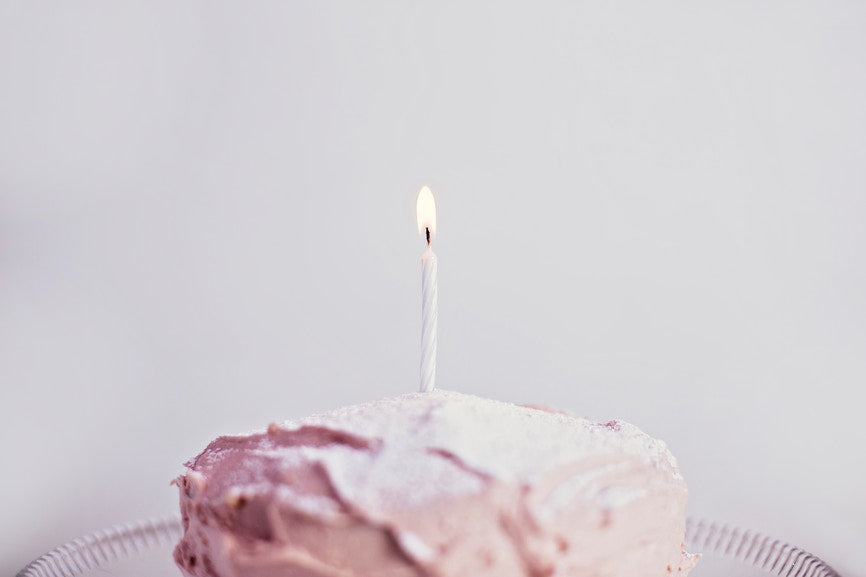How do we create a more compassionate world for our children? We can start by practicing mindfulness and compassion in our own homes and relationships.
Our children learn most by what we model in the everyday moments that make up our days. As we’re eating breakfast, driving to activities, and connecting or disconnecting.
It’s not so much what we say. It’s the tone of our voice, the look on our face, the way we tune in or out. It’s how we choose to fill our day.
Our children learn values at home that will help them stand up with compassion and kindness no matter what is happening elsewhere. It’s a big responsibility because little impressionable people are always watching us and soaking it all in. We are who are children look up to.
We must start with being more compassionate and kind with ourselves.
In the hustle of everyday, we may feel like we aren’t in control of our own thoughts. That we’re not responsible for our own actions. Someone else’s behavior, maybe our child’s, may trigger anxiety, discomfort, or anger in us, but we’re still responsible for our response.
Mindfulness is a simple practice that can help us be more aware. When we’re aware, we can choose to be more compassionate.
Mindfulness is more about being than doing
When mindful, we are practicing being present and aware in a nonjudgmental, accepting way. It’s not about doing. It’s about being, and bringing awareness to all the to-dos that fill our day. It’s something we can all do, and it has the potential for tremendous results.
When we bring more consciousness to our thoughts, we can take responsibility for them. Too many of us aren’t in control. We’re on auto-pilot. Without awareness and presence, we’re disconnected from ourselves. When disconnected, we can’t connect with others. We react instead of respond.
Before reacting, we can pause, observe the intense feeling and impulse. Then we can choose to respond differently. We can align our actions with our intention to be loving and kind.
When we’re not aware, we repeat old patterns – maybe patterns created in our own childhood – that don’t serve us any more. Our children have a way of triggering the feelings within us that need to grow so we can create new patterns.
In their book, “Inner Work of Mindful Parenting”, Myla and Jon Kabat-Zinn write, “Taking the time to stop, to breathe, to locate and feel the emotion and accompanying tension in the body gives us at least a chance to recognize in some way we are under an old spell, and perhaps to wake from it with a more mindful and imaginative response.”
When we are able to catch ourselves in these tough moments and choose a loving response, a healing takes place within us. It doesn’t mean we let our children get away with anything. It just means we are there for them in an understanding, loving way, teaching them the skills they need to understand their emotions.
The energy we give out is important.
When we act in a reactive, negative way, we feel it internally. When we act kindly, we feel that, too. Kindness has a compounding effect, much stronger than the negative thoughts. It affects us and everyone around us.
Aligning choices with intentions
When we are connected with ourselves through mindfulness, we can connect with others and treat others with kindness to create more meaningful experiences and interactions in our lives. Here are three components of mindfulness:
1 | Presence - Being aware of our thoughts and feelings
When we are present in this moment, we can choose to be kind and loving. It’s when we are lost in thoughts about the past or future, that we aren’t here now, and have trouble being positive. When we’re present, we’re positive.
2 | Acceptance - Meeting ourselves and others where we are right now
We don’t judge ourselves as better or worse than any other person or thing. When we can be who we are, we can trust that everyone we encounter is doing the best they can in this moment.
3 | Positivity - Seeing goodness in whatever we experience
It’s important to let go of the things we can’t control, like the past or the future. We are only responsible for our thoughts and the way we treat others. We have no control over how others treat us, and we should try not to take things personally.
Mindfulness is a process, not an end result
All we can do is notice our thoughts and accept them. This makes way for new thoughts that are positive and kind. When in a state of observing and noticing, we can observe our negative thoughts and return back to love, which lives deep within us, and everyone else. It’s just buried too often.
Mindfulness takes practice
We have to exercise our mindfulness muscle. That’s how it gets stronger and eventually becomes habit. We can practice at a set time, like when we wake up, through stillness, quiet, or meditation. We can practice throughout the day, taking a pause and bringing our attention back to a centered state.
Tools for practicing mindfulness
Breath
Use breath to ground yourself in body. Slow down and bring awareness to the now by focusing on the feeling of breath moving through your body.
Labeling
Observe whatever it is you experience in a given moment. Call it out to yourself using your five senses: I’m hearing birds, I’m seeing cars, I’m feeling something in my leg, I’m touching soft fabric, I’m hearing wind, I’m seeing leaves, I’m feeling my shirt, I’m hearing a train horn. Allow yourself to just feel, openly and without judgment.
RAIN
Recognize whatever it is you are feeling. Allow and accept the experience without judgment. Investigate the feeling with kindness and curiosity as an observer. Nurture and nourish yourself for whatever you felt. Give yourself kind words and love. (More on this at tarabrach.com.)
Movement
Any kind of movement helps your mind get back to a more calm and centered space. Walking, exercise, stretching. You can practice breath, labeling, or RAIN while moving.
Nature
Getting outside helps you zoom out and see your experience as rather small in the lens of the larger world. Everything in nature is perfect, and we are, too. We are here to experience, connect, fail, and grow. Our path is up and down, and that’s how it’s meant to be.
Gratitude
There is always something we can be grateful for. We just have to focus on it. Writing down what we are grateful for everyday helps thinking this way become a habit.
Practicing compassion impacts everyone around you
We can’t control everything that happens. We can only control how we respond. We can choose a negative or positive response, and that choice affects everyone around us, especially those impressionable little people who matter most.
We have to be aware of how we are feeling and know that it affects those around us. The more aware we become, the more we choose to feel better. When really present, we’re connected and engaged, and naturally empathetic and compassionate.
Through our breath, we can bring ourselves back to present throughout the day. This is walking mindfulness. Through meditation, we center and ground ourselves in stillness. Both of these practices ripple to those around us and make a positive impact.
Our children are present naturally. They learn a different way of living from the world, from us. We need to get back to that mindful, present state our children embody so well so that our children don’t lose it, too.
Let’s start there, within our own families and communities. At the end of the day, our children – the future of our world – are learning how to think and act and engage from us, day to day, moment by moment.
We can choose love. And that positive energy can spread out into the world one family at a time.



